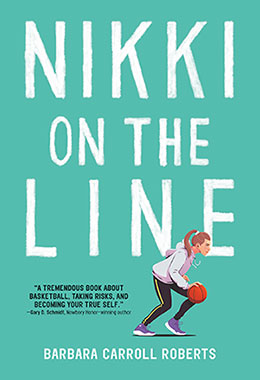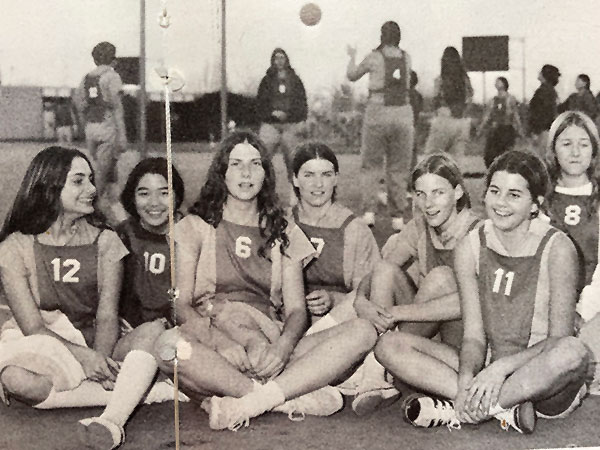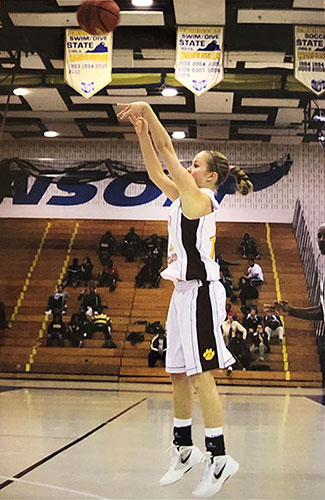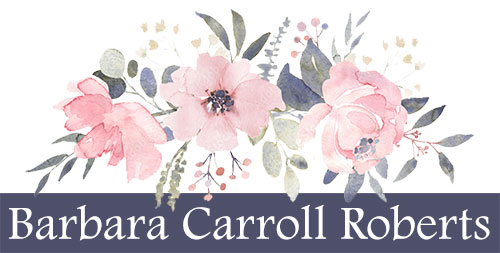Nikki on the Line

Thirteen-year-old Nikki Doyle dreams of becoming a great basketball player. And when she’s chosen for an elite-level team, it seems her dreams might be within reach.
But in a league full of taller, faster, stronger girls, Nikki suddenly isn’t the best point guard on the court anymore. In fact, she’s not a point guard at all.
And if trying to find her place on this new team isn’t difficult enough, Nikki is stuck taking care of her high-energy little brother after school every day, while her best friend spends more and more time with a new teammate. On top of that, Nikki’s science teacher assigns a family tree project for their genetics unit — a project Nikki can’t possibly complete without revealing the most embarrassing family secret of all time.
With stress piling up on the basketball court, at home, and at school, Nikki begins to wonder who she really is. Can she learn to compete at this new higher level? And how hard is she willing to work to find out?
More about Nikki on the Line:
- “An Indies Introduce Q&A with Barbara Carroll Roberts,” Indies Introduce, American Booksellers Association
- “Play Like a Girl: 4.5 Questions with Barbara Carroll Roberts,” Bookends blog
- “Fed Up with the Lack of Sports Books for Girls, This Author and Mom Wrote One,” Washington Post
- “Don’t Give Up,” Nerdy Book Club blog
- Five More Books about Girls Who Love Sports, a booklist I contributed to Shepherd.com
Recognition
- “The 50 Books Kids Love Most,” Realistic Fiction, The Week Junior
- Georgia Children’s Book Award Finalist, 2020–21
- Maine State Book Award Finalist, 2020–21
- CCBC Choices 2020 Best-Of-The-Year List, Cooperative Children’s Book Center, University of Wisconsin-Madison
- American Library Association, Notable Children’s Books, Long-listed 2020
- Parents’ Choice Recommended Award for Nikki on the Line Audiobook. Narrated by Christine Lakin, 2019
- Denver Public Library “Best and Brightest” Children’s Book List, 2019
- Barnes & Noble Best New Books for Young Readers, March 2019
-
Bookends Blog Best-of-the-Year List, 2019
Behind the Book
Why I Wrote Nikki on the Line — or a Short History of Girls’ High School Basketball (in One Family)
In 1940, my mother-in-law, Betty Helen McLemore Roberts, was lucky enough to attend a high school that offered girls the opportunity to play competitive sports. Here she is with her basketball team at J.J. Kelly High School in Wise, Virginia (Betty Helen is just to the right of the girl holding the trophy).

I love their cool, shiny uniforms.
Here’s what wasn’t cool (or lucky), though. When Betty Helen played basketball, the people in charge of girls’ sports thought that “vigorous” exercise was “unladylike” and harmful for girls. So, unlike the boys’ teams that played with five players on the floor, all of whom ran up and down the length of the court, dribbling, passing, shooting, playing both offense and defense, the girls’ teams played what was called “a half-court game.” Six players from each team on the court. Three in the frontcourt on offense. Three in the backcourt on defense. No player could cross the halfcourt line. Also, the girls could not run while dribbling the ball (too vigorous). If they caught a pass, they could only dribble once before passing the ball to another girl.
Wow. That doesn’t sound much like basketball, does it?
But still, Betty Helen got to play on a team. Competing against other schools. Working together with her teammates.
Having fun.
I had fun playing basketball, too. Especially because by the time I started high school in 1970, some things had changed. The people in charge of girls’ sports had finally decided that vigorous exercise was okay for girls. (What a surprise!) So now we could play full-court, dribbling-the-ball, running-the-length-of-the-floor, everyone-plays-both-offense-and-defense basketball. Just like the boys.
And like my mother-in-law, I was lucky! Because unlike many school districts across the country, my school district in California offered competitive sports for girls. Girls’ teams — just like boys’ teams — could play against teams from other schools in our district. Our sports weren’t confined to our P.E. classes.
But here’s what wasn’t lucky.
Here I am with my Monta Vista High School teammates in 1971 (I’m #11 and my sister is #12). Do you see what we’re wearing? Gym suits and tie-on pinnies with numbers, while the boys’ teams wore real basketball uniforms supplied by the school. And do you see where we’re sitting? Outside on the blacktop courts. We were only allowed to play in the gym when the boys weren’t using it. Also, unlike the boys, we played only our regular-season district games. No district play-offs. No regional tournaments. State championship games? Not a chance.

But still, we were playing. Competing. And we were a team. (I still know the names of every girl in this picture, even though, besides my sister, I haven’t spoken with any of them in many years).
And then … something big happened.
Something Really Big.
In 1972, the U.S. Congress passed a law called Title IX. And Title IX said that any school or college or university that received funds from the federal government (which was pretty much all of them), had to provide girls and women with the same opportunities they gave to boys and men.
In every academic field.
And in competitive sports.
My friends and I didn’t see many immediate changes after Title IX was passed, but by the time my daughter was in high school in the 2010s, her basketball teams — by law — had the same funding and gym-access and school support as the boys’ teams.
And it wasn’t because they were lucky.
It was because they deserved it.
Because our laws had finally caught up to what was fair.
And here’s my daughter, about to hit a 3‑pointer in a state tournament game.
 But even after all these changes to girls’ athletics, when my daughter was in middle school and high school, there still weren’t many books about girls who loved playing sports.
But even after all these changes to girls’ athletics, when my daughter was in middle school and high school, there still weren’t many books about girls who loved playing sports.
That’s why I wrote Nikki on the Line.
For all the sports-loving girls like my daughter.
And for the girls my mother-in-law and I had once been.
Recognition
- Georgia Children’s Book Award Finalist, 2020–21
- Maine State Book Award Finalist, 2020–21
- CCBC Choices 2020 Best-Of-The-Year List, Cooperative Children’s Book Center, University of Wisconsin-Madison
- American Library Association, Notable Children’s Books, Long-listed 2020
- Parents’ Choice Recommended Award for Nikki on the Line Audiobook. Narrated by Christine Lakin, 2019
- Denver Public Library “Best and Brightest” Children’s Book List, 2019
- Barnes & Noble Best New Books for Young Readers, March 2019
- Bookends Blog Best-of-the-Year List, 2019
Reviews
“A tremendous book about basketball, taking risks, and becoming your true self.” (Gary D. Schmidt, Newbery and Printz Honor-winning author and National Book Award finalist)
“Nikki is instantly recognizable as an everygirl for the 21st century. She is funny, thoughtful, and awkward. She is clever and kind. … Readers who know what it’s like to strive for something almost out of reach, fail and try again, will have nothing but respect and affection for Nikki. And readers of any age who thought they had no interest in basketball may find themselves utterly fascinated by the sport.” (Shelf Awareness, Maximum Shelf)
“A novel about identity and friendship, family and change that is also an action-packed sports story in which Nikki and her teammates’ passion for the game is palpable.” (CCBC)
“Fun and perfectly balanced, Nikki on the Line is impossible to put down, even for readers who know nothing about basketball.” (Indies Introduce Winter/Spring 2019)
“Nikki on the Line thrums with life, energy, and adolescent self-discovery.” (Indie Next List, Kids’ Next, Spring 2019)
“Filled with basketball games, middle-school friendships, and complicated families, this charming and heartfelt debut is perfect for fans of Ali Benjamin and Kwame Alexander.” (Booklist)

Little, Brown and Company, 2019
ISBN: 978–0‑316–52189‑5
Middle-Grade Fiction
325 pages
Age Range: 9–14

